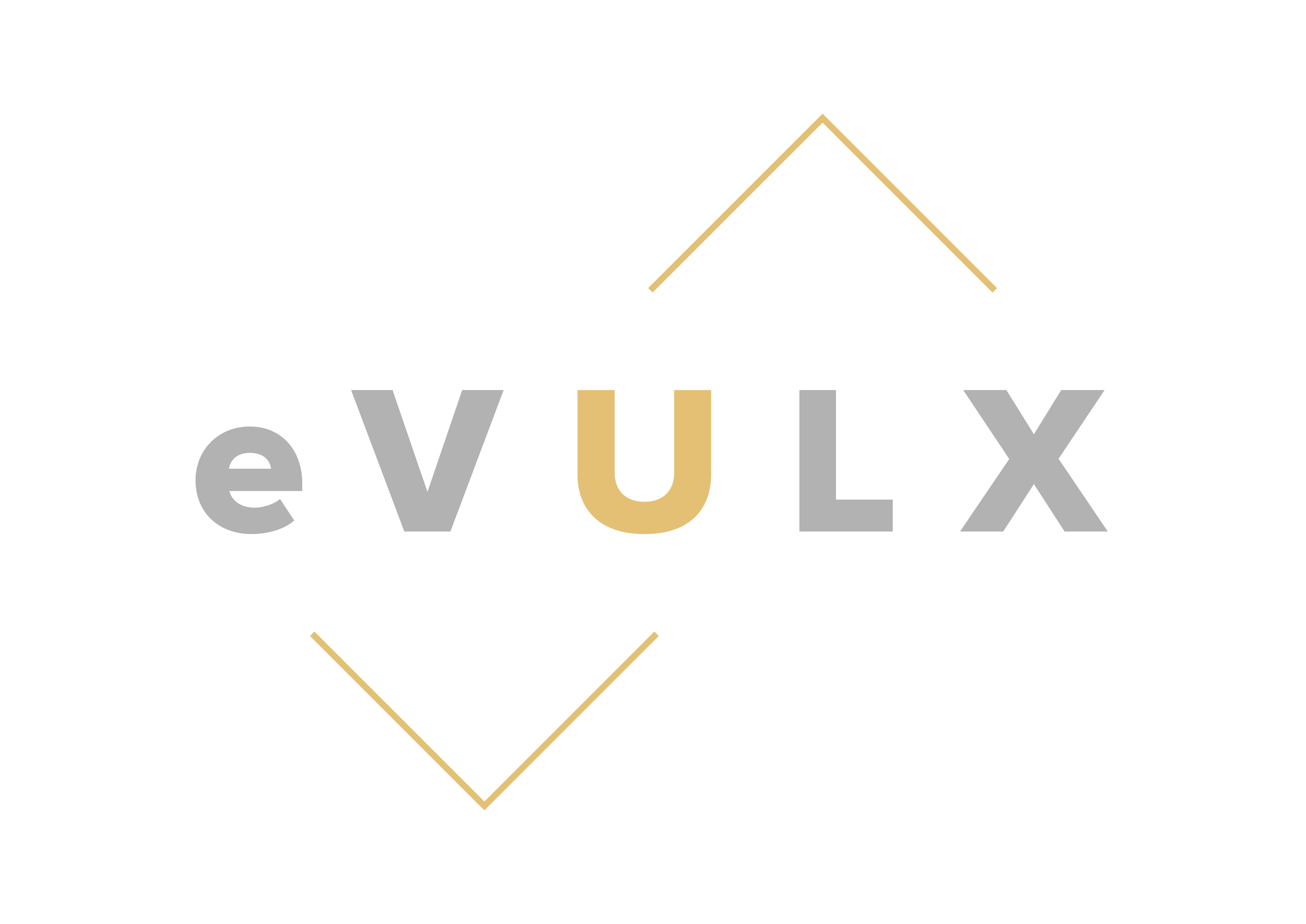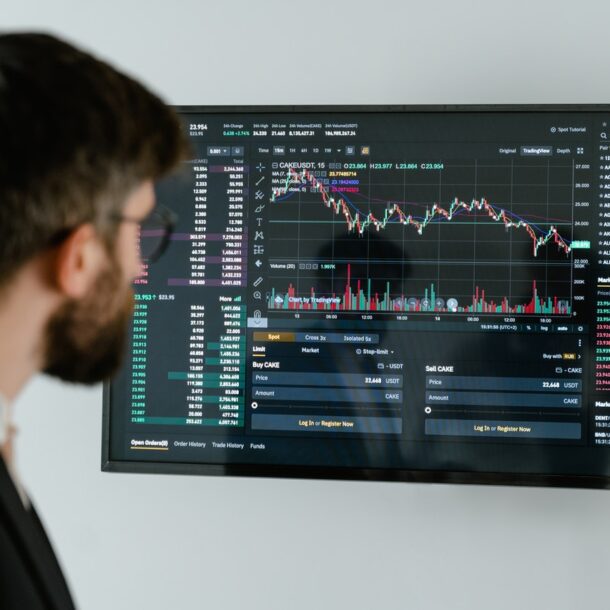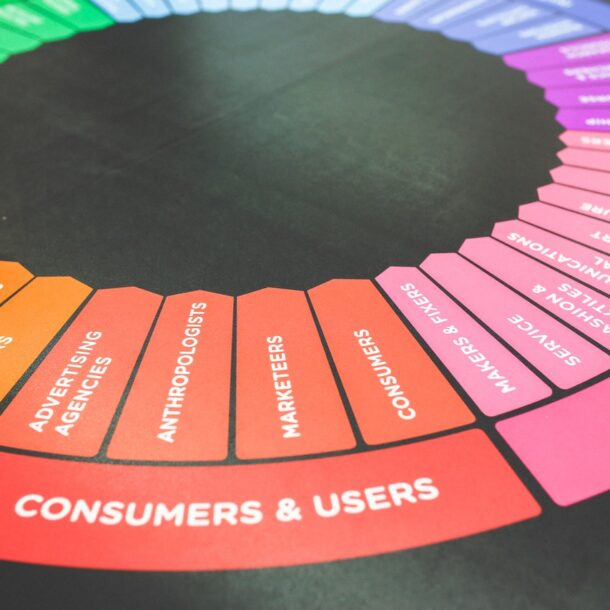
The hospitality industry is not immune to the growing trend of gamification. In fact, we’re seeing a lot more of it than ever before. But why is that? After all, isn’t travel supposed to be about getting away from screens and technology? Well, yes and no! The truth is that today’s travelers are tech-savvy and used to interacting with interfaces on their mobile devices.
Gamification works because it taps into consumers’ natural tendencies towards fun and games while also helping them achieve the goals they set out for themselves in the first place.
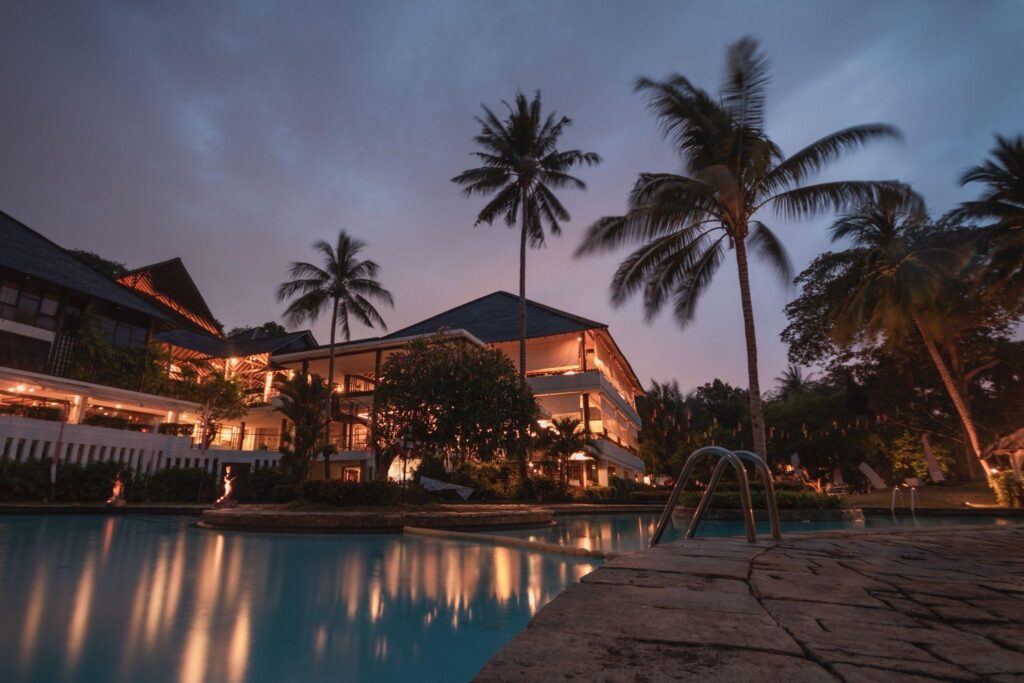
What is Gamification?
Gamification is a process of using game elements in non-game contexts to engage users, solve problems and motivate behaviour. It applies the core mechanics of games — rules, competition, collaboration, feedback and rewards — to encourage participation and increase motivation.
The goal of gamification is to motivate people to take action by incorporating fun into the experience while solving a problem or achieving the desired outcome. The result: happier customers/users who are more engaged with your brand or product!
An Industry-Wide Need to Innovate
The question is, what is gamification in hospitality industry? Gamification results from an industry-wide need to innovate and can be used to improve customer experience. In order to meet increasing competition, hospitality businesses must find ways to differentiate themselves from one another.
The gamification hospitality industry is one way that you can set yourself apart from the rest of your competitors by getting customers engaged with your business in new ways.
1. Gamification Influences Consumers’ Decisions and Drives Spending
At the heart of gamification is the concept of incentivizing consumers to take a specific action by rewarding them for doing so. This can be done through virtual rewards, such as points and badges, or real-world rewards, like discounts or free products. With these incentives, you can encourage your customers to spend money on your services or products in order to gain more points or achieve higher levels within the platform.
The power of this kind of reward system comes from its ability to influence consumer decisions without alienating users by forcing them into spending more than they had planned.
2. Effective Strategies You Can Implement Fairly Easily
The good news is that implementing a game-based strategy is quite simple and can be done relatively quickly.
Gamification at the Booking Stage: If you’re looking for ways to increase direct bookings and better connect with your audience, look no further than using gamification. It can help you understand your customers better and gather their feedback and reviews, while also increase the number of bookings.
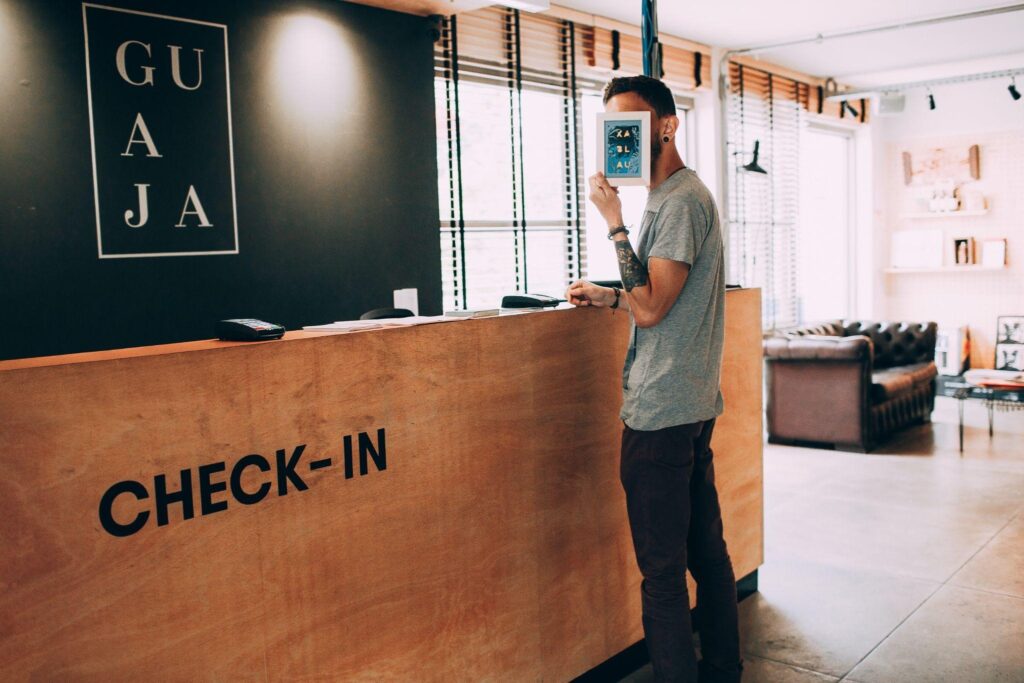
Gamification at the Front Desk: Stay a while and play, is the best way to describe the current trend in gamification, which is taking place at hotel’s check-in. Gamification at the Booking stage is a perfect solution to make the check-in process more exciting and pleasant.
Hotels are also looking for ways to make frequent customer waits at the front desk more bearable. One of these methods includes asking guests to play online games while they wait, with prizes like discounts on future stays.
3. Recommendation Will Come Your Way
Loyalty programs are an excellent example of gamification. They can be used to encourage people to use your hotel in the future and to encourage them to recommend your hotel or service to others.
You may already have a loyalty program in place—if you don’t, it’s worth looking into how one might work for your business. Loyalty programs offer return customers special deals and rewards (like free nights) based on how often they stay with you or how much money they spend with you. These can be very effective ways of encouraging repeat business and word-of-mouth marketing because they make it easy for consumers to get excited about earning points toward those rewards.
You can also use loyalty programs to encourage people to complete a task or action. For example, if you have an eCommerce store, you might offer a discount on your products if the customer purchases one of each type of product.
4. Drive Engagement and Customer Loyalty
As you can see, gamification can improve employee engagement, drive customer loyalty and help you recognize your most valuable customers. The next time your employees are looking for something to do or a way to interact with their customers better, consider whether or not gamification might be a good fit for the task at hand.
If you’re not sure where to begin, consider reading our gamification vertical.
5. Good Deals and Excitement for Your Customer
What’s more, customers love to feel like they’re getting a good deal and that the company cares about their experience, so loyalty programs that offer exclusive perks are sure to keep customers coming back for more.
For example, you can offer rewards like free items on your menu or discounts on certain products in your gift shop. You could also offer something as simple as an exclusive discount code for your website or app—a great way to upsell a customer during their next stay!
The best loyalty programs are built on the idea of giving customers something they can’t get anywhere else. Suppose you want to create a successful loyalty program. In that case, it’s essential to consider what makes your business unique and how you can use that to give customers an experience they won’t find anywhere else.
6. Gamified Rewards Make Customers Feel Good
For example, a hotel guest may be rewarded for reserving their room on the hotel’s website. This makes the customer feel good because they already like spending money at your establishment and are now being rewarded for it.
Or maybe you have a rewards program in which guests can earn points when they stay at your property or purchase food and drinks at specific locations within your chain of hotels. This gives them the incentive to come back again and again!
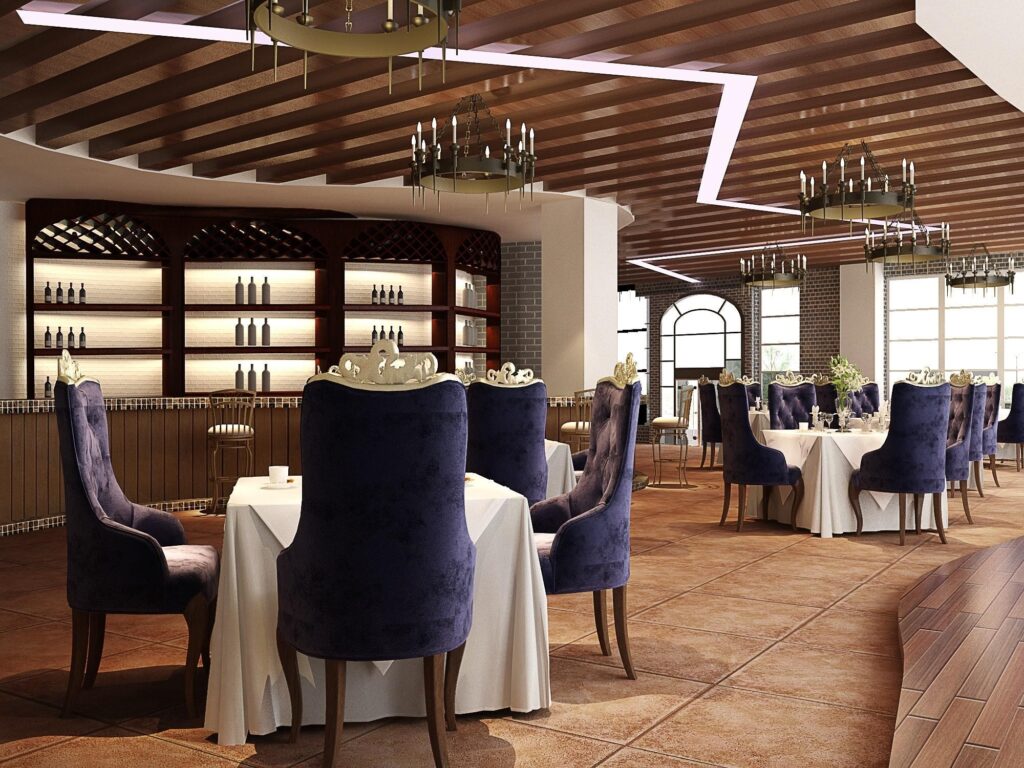
7. Gamified Loyalty Programs Motivate Guests to Return
The gamification of loyalty programs is a proven method to motivate customers to return. By rewarding their best customers, companies can create a culture of regular shoppers who are more likely to buy more and drive increased profits.
As an example, consider the following scenario: A customer receives a coupon for a free drink after they purchase at least five drinks within one week. The coupon cannot be used on the same day it is received, but must be redeemed within two weeks.
This type of promotion encourages customers to return because they are rewarded for doing so, and it also attracts new customers because it gives them an incentive to try something new. As a result, businesses will see both an increase in repeat business from returning guests and new business from new guests that come in just for the deal.
Conclusion
In the end, it all comes back to the core principle of gamification. It’s all about empowering customers to make decisions. In this way, gamification hospitality industry benefits from increased engagement and loyalty instead of being thought of as standard travel facilities. It’s all a matter of providing the right incentives and interfaces to motivate and encourage travelers. By doing so well, they overcome the common hurdles that tend to get in the way of good customer experiences.
Please visit eVULX for corporate gamified solutions.
9.08 & 9.09, Block E Phileo Damansara 1,
9, Jalan 16/11, 46350 Petaling Jaya, Selangor
Telephone: +60122254456
Email: [email protected]
(202001021557) (1377877-X)
All Rights Reserved
